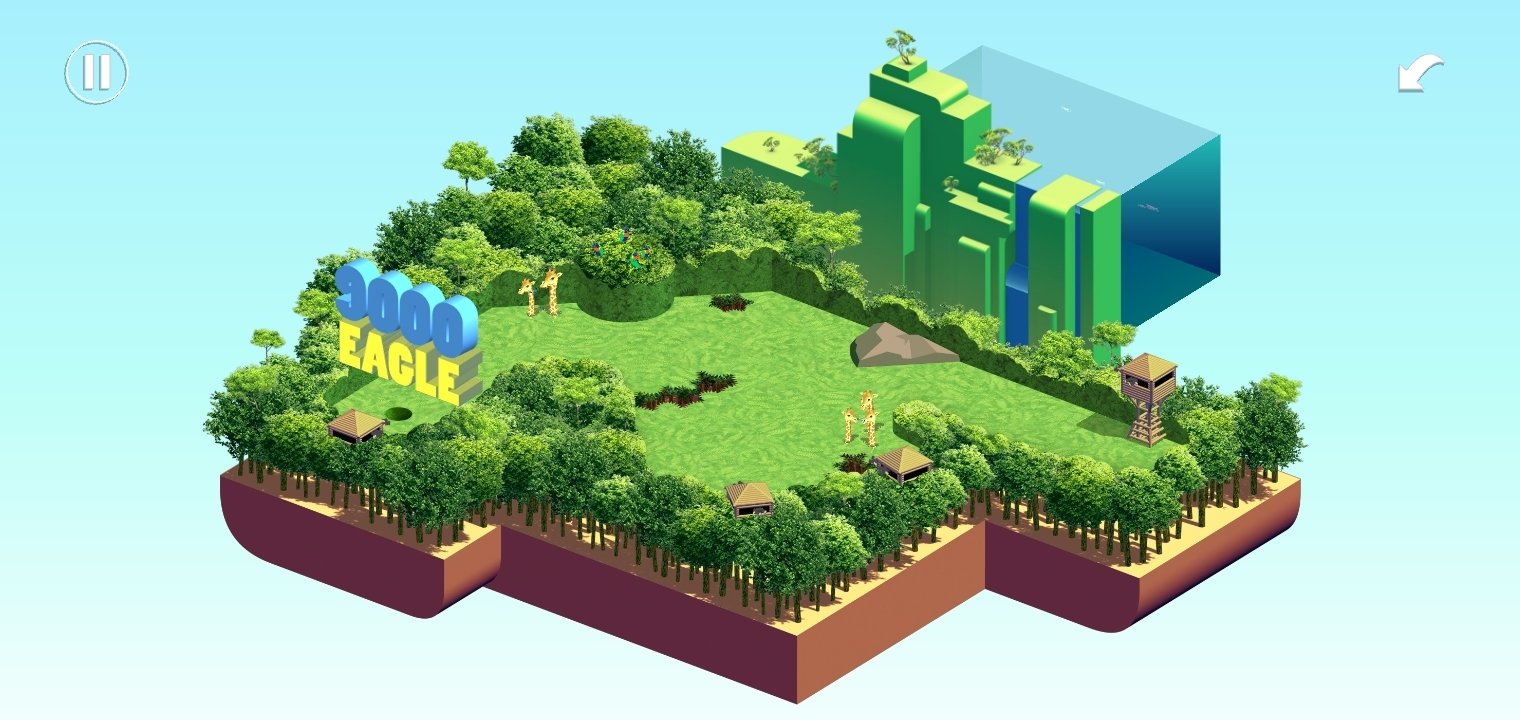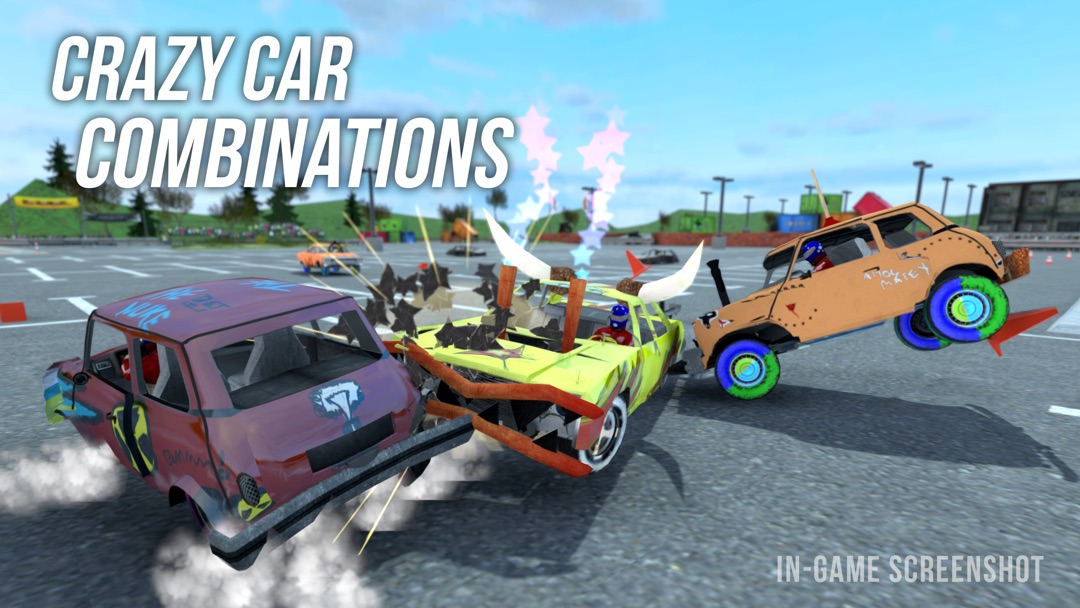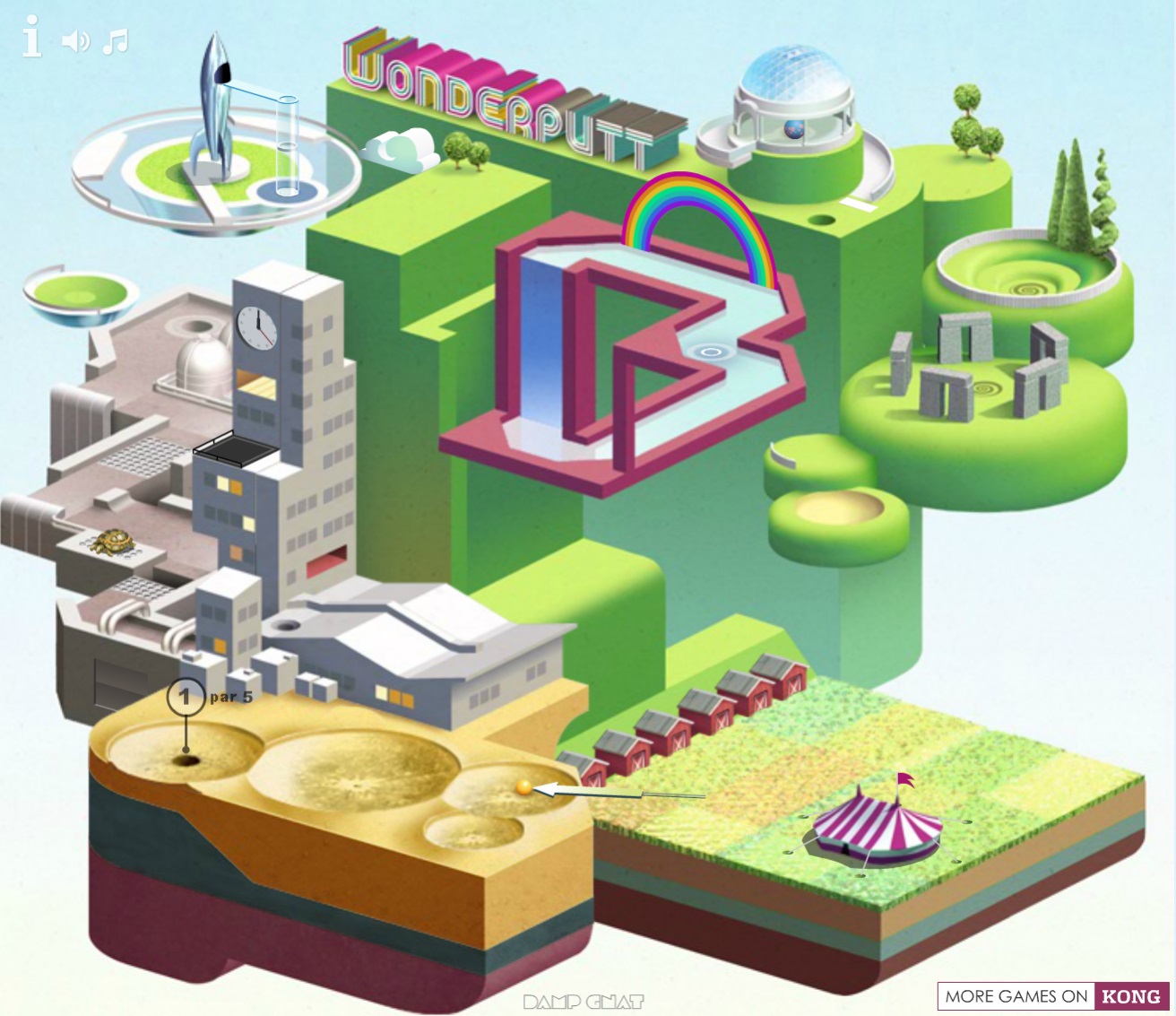

It is displacing Ethereum that initially brought in the NFT craze of 2016, causing a gas war at the time. Since its creation, WAX blockchain has been focusing heavily on the design, issuance, and profitability of NFT and has been the most active in terms of NFTs transactions. A more improved standard is the ERC-1155, which has enabled a contract to store both fungible and non-fungible assets, improving the industry’s convenience and opportunities therein. There are various frameworks and issuance of NFTs, the most prominent standard is the ERC-721, which is the first standard created for the distribution of this asset class. Since no two artworks are unique with fungible properties in mind, the same principles apply to certain gaming items. It has found its increased relevance in the areas of Artwork and Gaming. NFT’s highlight the uniqueness and scarcity of the broader use of blockchain. This uniqueness means that only one type of NFT can ever be created and it can not be interchanged with an identical one. NFTs have their own specific set of attributes (e.g., off-chain and on-chain metadata), making them unique. One Bitcoin can change hands over time, and each Bitcoin is the same as the other what may change with its movement might be the asset’s price. For example, it is practically impossible to split one NFT collectible into new identities and owners, but entirely possible to do so with Bitcoin. Traditional cryptocurrencies like Bitcoin are divisible and are interchangeable, aka, fungible.

They differ distinctly from regular cryptocurrencies in that each token is indivisible with properties that cant be shared with another tokens. NFTs contain identifying information recorded in their smart contracts. Initially launched on the Ethereum blockchain using the ERC-721 standard, the NFT industries have since expanded into other blockchains, with blockchain companies like WAX becoming the highest issuance of NFTs collectibles currently. Also embedded in NFT’s attributes is the ability to represent a unique digital asset, which can be digital assets or tokenized versions of real-world assets. They can not be divided, maintain uniqueness, and characterize scarcity associated with cryptocurrencies, ultimately driving up their value. Non-fungible tokens (NFTs) are also known as crypto-collectibles.

NFTs are one such expansion of possible use case of blockchain technology that has found relevance in gaming, digital identity, licensing, certificates, and fine art.

However, this practical value gets expanded every day. The blockchain’s original utilitarian value was exclusively for financial matters, creating the first-ever cryptocurrency, the Bitcoin, and its issuing blockchain. Since the beginning of the blockchain digital economy, there have been many shifts, trends, and use cases that have accompanied its development.


 0 kommentar(er)
0 kommentar(er)
